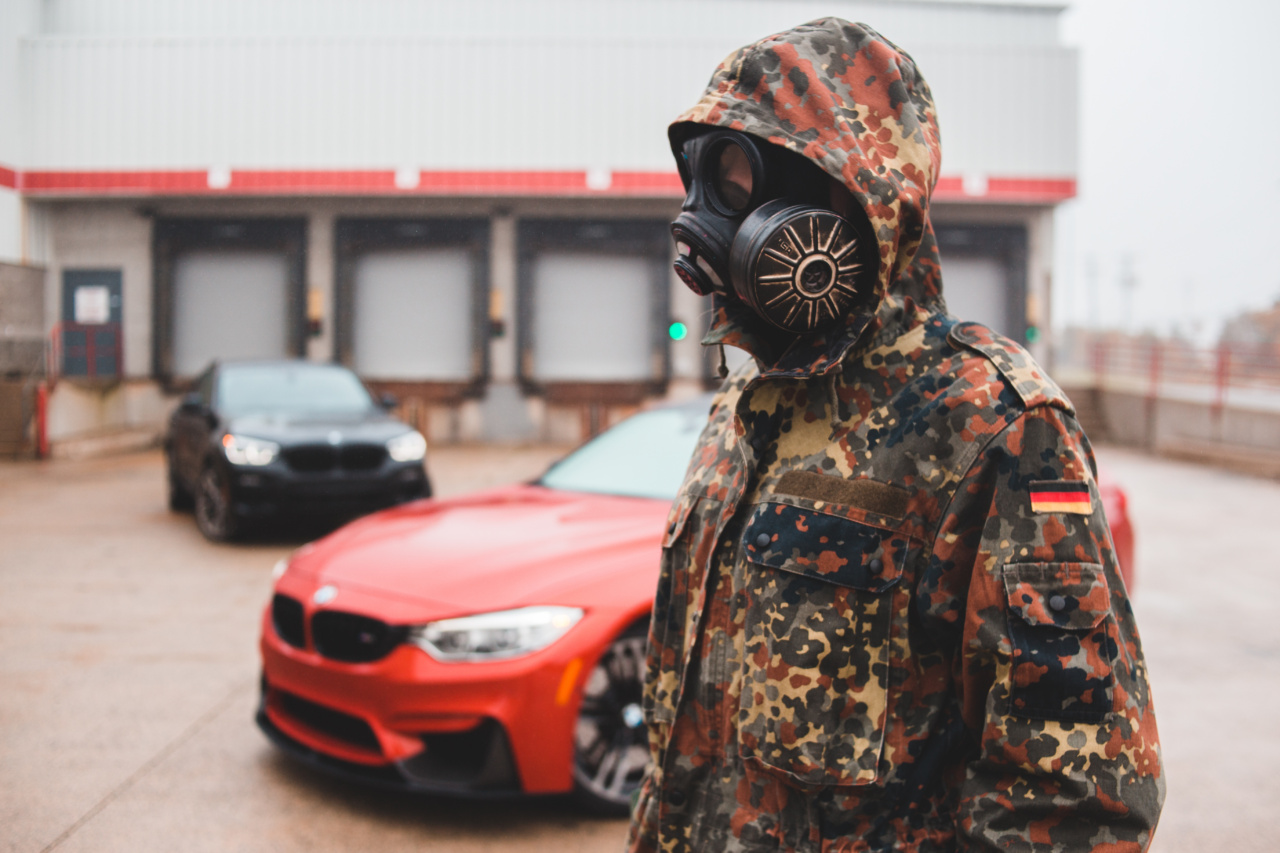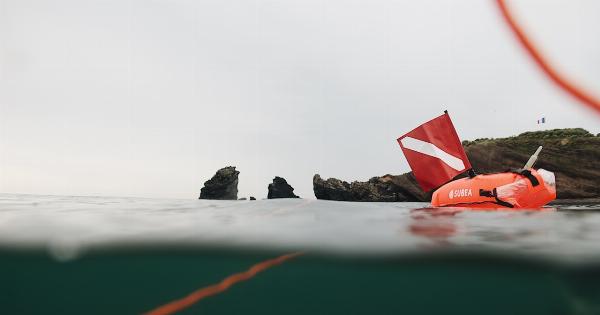Life jackets are an essential part of any water activity. Whether you are swimming, boating, fishing, or participating in any other water-related sports, it is crucial to wear a life jacket that fits properly.
A life jacket can save your life in an unexpected situation, so it’s essential to know how to make sure your life jacket is secure and safe. In this article, we will discuss the steps you can follow to make sure that your life jacket is secure and safe.
Step 1: Choose the Right Size and Type of Life Jacket
Choosing the right size and type of life jacket is the first critical step to ensure it is secure. Life jackets come in different sizes, and it’s crucial to choose one that fits correctly.
An ill-fitting life jacket can result in much difficulty while swimming. When choosing a life jacket, make sure it matches your weight, height, and chest size.
Also, make sure that you pick the right type of life jacket. Life jackets come in different types, such as inflatable, foam, and hybrid models. Foam life jackets are the most common types of life jackets and provide the most buoyancy.
Inflatable life jackets are lightweight and comfortable to wear, but they require some extra attention to maintain. Hybrid life jackets combine the features of both foam and inflatable life jackets, offering the best of both worlds.
Step 2: Check for Cracks, Wear and Tear
Before you wear the life jacket, always check for any cracks or wear and tear on it. Cracks or damage to the life jacket can make it less effective and can put you in danger.
Look at the life jacket material, straps, buckles, and zippers carefully, and make sure there are no cracks or visible wear and tear. If you find any damage, replace the life jacket or repair it before use.
Step 3: Adjust the Straps Correctly
Adjusting the straps correctly is one of the most important steps in making sure that your life jacket is secure. Make sure that the life jacket is not too tight or too loose.
An overly tight life jacket can restrict your breathing and movement, while a loose one can fall off. The straps should be adjusted correctly to give you enough room to breathe and move but also hold the life jacket securely in place.
Begin by fastening the buckles to secure the life jacket. Then adjust the chest strap to a snug fit. You should be able to fit two fingers between the strap and your chest comfortably, and the life jacket should not be able to move up or down your body.
Also, ensure that the side straps are adjusted, so they don’t hang too loose.
Step 4: Check the Flotation in the Water
The next step is to check the flotation in the water. Before any water activity, put your life jacket on and test it in water. This way, you can ensure that it provides sufficient flotation to keep you afloat.
You can use a pool, shallow water, or even the shore. Jump into the water and ensure that the life jacket keeps you afloat without any extra effort or resistance. If you find that the life jacket is not providing enough flotation, adjust the straps or replace it with a better one.
Step 5: Always Wear the Life Jacket Properly
Lastly, make sure to wear the life jacket properly. The life jacket should be worn correctly, with all the straps fastened tightly. Always wear it over regular clothes and not under them.
Also, make sure that the life jacket is designed for the intended activity. For example, a water skiing life jacket is not suitable for kayaking or canoeing.
Finally, never leave the life jacket behind, even if you are an expert swimmer. It is always a safe practice to wear the life jacket in any water activity. A life jacket can save your life, so it should be a part of your safety equipment.
Conclusion
By following these simple steps, you can ensure that your life jacket is secure and safe. Always choose the right size and type of life jacket, check for cracks and wear and tear, adjust the straps correctly, and check the flotation in the water.
Lastly, never forget to wear the life jacket correctly and always keep it as part of your safety equipment. Stay safe and have fun!.



























